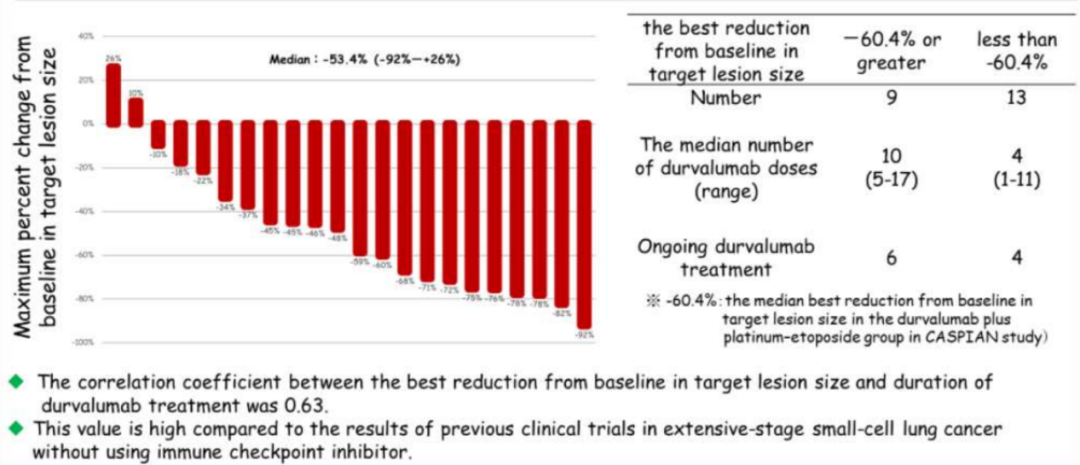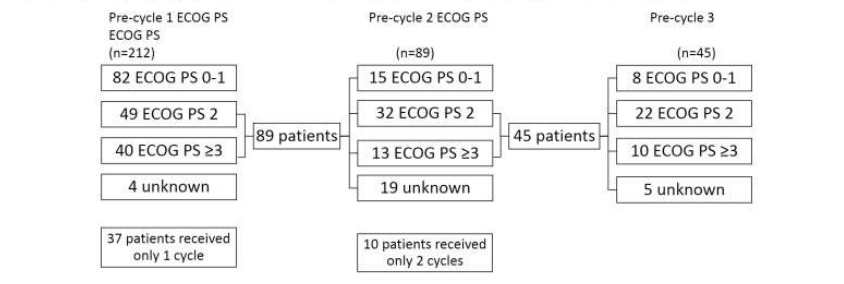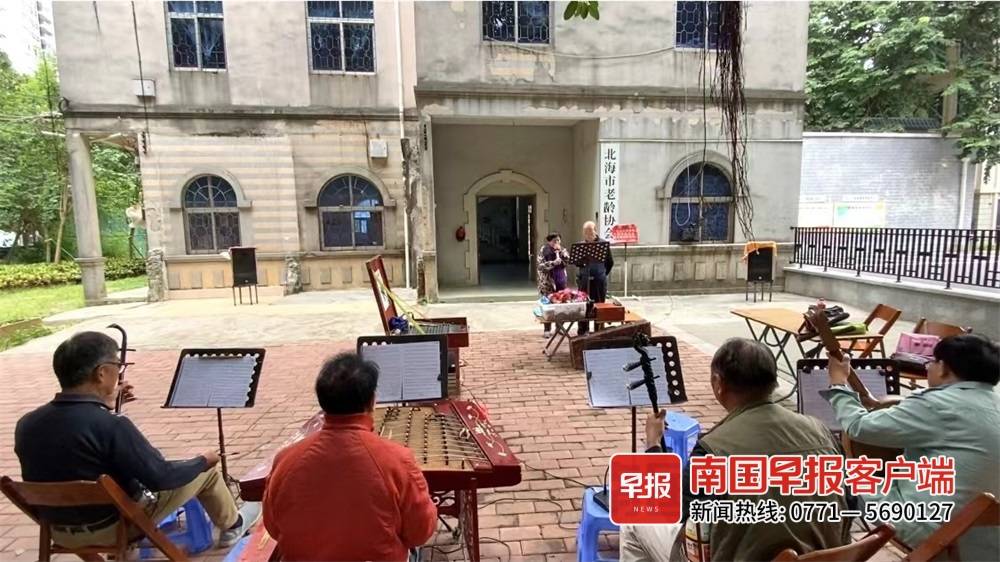2022WCLC New Research Inventory | Analyze the new direction of SCLC immunotherapy exploration
Author:Cancer Channel of the Medical Time:2022.09.29
*For medical professionals for reading reference

What are the biomarkers that can predict the widespread period of SCLC? How to make more extensive period SCLC patients benefit from the real world? Take you to understand.
Small cell lung cancer (SCLC) is a type of high degree of malignant in lung cancer and prone to metastasis, accounting for about 15%-20%of lung cancer [1]. About 70%of SCLC patients have metastasized in the first diagnosis, which is in a wide range, and the 5 -year survival rate of patients with SCLC patients in a wide range is less than 1%[1]. Until recent years, the arrival of immunotherapy has brought hope to patients with SCLC. At present, the immunochemical combined chemotherapy plan has been approved as a new treatment option for patients with SCLC, bringing longer survival benefits to patients.
However, what are the differences between these patients who can get long -lived and other patients? Can there be a suitable indicator to a certain extent predict long survival benefits? In 2022, two related studies were reported at the World Lung Cancer Conference (WCLC). This article will interpret it in detail in order to help more patients.
The higher the proportion of the target lesion, the longer the patient receiving the treatment of the patient's treatment may be
(Summary number: EP14.05-007)
Caspian research [2] results showed that Diagarujibi combined chemotherapy plan was treated with significant survival benefits, and Daguyuyabi combined chemotherapy scheme has become a new standard for SCLC's first -line treatment in a wide range. However, it has not yet been determined that the biomarkers that can predict this benefit trend. In a exploratory analysis of Caspian research, tumor cells (TC) PD-L1 expression, immune cells (IC) PD-L1 expression, tissue tumor mutation change None of the load (TTMB) has become a predictable biomarker [2]. However, the characteristics of patients who have long -term benefits to obtain the Caspian scheme in the early days are very important for clinicians and patients. Based on this, a retrospective research explores the correlation between the degree of reduction of target lesions and the length of treatment time [3].
Researchers conducted retrospective analysis of patients with SCLC patients from September 2020 from September 2020 to November 2021 [3].
A total of 26 patients were included in the study. Among these patients, the median age was 67 years (48-82 years old); 18 patients with ECOG PS scoring 0 or 1 were scored, and 8 patients with PS scoring were scored 2 or 3; 12 For patients, patients were accepted by Diabui Mipida combined with Case Platinum+Renpacide, and 14 patients were accepted by Paramipumi combined with Karbin+Renpacide. [3]
The results show that the objective relief rate (ORR) of the above patients is 69.2%, and the disease control rate (DCR) is 76.9%[3]. The best percentage of the target lesion compared with the baseline is reduced -53.4%(-92%to+26%), and the median dosing cycle of duolipab is 5 (1-17). The best coefficient of the optimal reduction and treatment time of target lesions from the baseline is 0.63 [3]. This value is very high with the clinical study of the widely used immunohistochemical point inhibitors (ICI) therapy of SCLC.

Figure 1. The best percentage of target lesions compared to the baseline shrinkage [3]
It can also be seen from this study and analysis that 9 patients with the best percentage of target lesions compared with the baseline reduction ≥60.4%of patients, and of these 9 patients, 6 patients still accepted Diaoliyou in subsequent follow -up followers. Monopolytic treatment, the median treatment cycle is 10 (5-17) [3]; in the 13 patients with the best percentage of the baseline <60.4%of the baseline, only 4 patients are still accepting the acceptance of the Mipido Treatment, the median treatment cycle is 4 (1-11) [3].
The higher the optimal percentage of target lesions than the best percentage of the baseline, which may indicate patients from the best percentage of the baseline.
Receive platinum dual -drug induction treatment or can improve the PS score and expand the application of ICI people
(Summary number: EP14.05-017)
The Du Liyab combined chemotherapy scheme in Caspian research and the Adidizab combined chemotherapy scheme in the Impower133 study have been proven to extend the overall survival period (OS) of patients with a wide range of SCLC patients for 2-3 months. [ 4]. However, the groups of two studies are limited, and many patients have failed to benefit from it.
In the real world, some SCLC patients have ICI taboos. The guide also pointed out that patients with ECOG PS ≥ 2 may not be suitable for receiving ICI combined platinum chemotherapy schemes [4]. Another retrospective study published at this WCLC conference analyzed the data of 349 widespread SCLC patients in British Columbia, Canada, Canada from 2015 to 2017. It aims to evaluate the in the real world that may be suitable The proportion of patients with a wide range of SCLC in the first line of medicine [4].
Among the above patients, 227 patients received platinum dual -drug chemotherapy schemes, of which 212 patients had no ICI taboos. Among these 212 patients, 96 cases of ECOG PS were 0-1 at the baseline, 61 cases (29%) of PS were 2 (29%), and 51 cases (10%) of PS ≥ 3 [4] Essence After the treatment of platinum -containing dual drugs, 15 patients (7%) of patients who were still treated and PS≥2 were still improved to PS 1 before the second cycle treatment; And 8 of patients with PS ≥ 2 (4%) have improved their physical condition to PS 1 [4]. Figure 2. The ECOG score of patients who receive platinum -containing dual drugs before the 1st, 2nd, and 3rd cycles [4]

Studies have found that among patients receiving platinum-containing dual drugs, the median OS of patients with 0-1, 2 and ≥3 of ECOG PS are 10.6 months (8.5-12.8 95%CL), 6.0 months (4.3 4.3 months (4.3 -7.6 95%CL) and 7.0 months (4.4-9.5 95%CL) (P <0.001) [4]. The survival benefits of PS scores are significantly better than patients with a slightly worse physical condition.
The real world research shows whether patients with a wide range of SCLC meet the research enrollment standards and suitable for ICI combined with platinum -containing dual drugs. The poor physical condition of the patient may be the main cause of the standard. Moreover, this study found that after the treatment of platinum -containing dual drugs, the PS scores of some patients can be improved, and then they can receive subsequent treatment. At the same time, they can also improve the safety of patients receiving ICI combined with platinum -containing dual drugs. In the future, it is necessary to use the treatment strategies that can improve the PS score in the real world to expand the people into the group and provide a reference for clinical practice.
summary
After the immune combined chemotherapy scheme brings long -term benefits of survival to the first -line and wide -stage SCLC patients, the indicators that can predict this benefit are particularly important. However, after a series of studies, the appropriate predictive factors have not been found. There have been studies on WCLC. The optimal reduction in target lesions starting from the baseline can extend the treatment time of patients, which brings hope to people, and look forward to more detailed and clearer research results in the future. In addition, although research on Caspian/IMPOWER133 has become a wide -term SCLC first -line standard treatment, there are still patients who have not met the standards for clinical registration research. Further thinking.
references
[1] Liu Qian, Ren Shengxiang. The research progress of immunotherapy of small cell lung cancer [J]. Journal of Tongji University (Medical Version), 2021,42 (03): 414-420.
[2]L. Paz-Ares, Y. Chen, N. Reinmuth, et al. Durvalumab, with or without tremelimumab, plus platinum-etoposide in first-line treatment of extensive-stage small-cell lung cancer: 3-year overall Survival Update from Caspian. ESMO Open Volume 7 Issue 2 2022.
[3]K.Watanabe, Y.Uehara, Y.Hosomi. A Study of the Best Reduction in Target Lesion Size and Treatment Duration in the Durvalumab plus Platinum-Etoposide Regimen for ES-SCLC. WCLC 2022 EP14.05-007.
[4]R.Rittberg, B.Leung, Z.Al-Hashami, et al. Real World Eligibility of Immune Checkpoint Inhibitors with Platinum-Doublet in Extensive Stage Small Cell Lung Cancer. WCLC 2022 EP14.05-017.
Approval number: CN-102535
Deadline: 2023-9-26
*This article is only used to provide scientific information to medical people, and does not represent the viewpoint of this platform


- END -
The 100 -year -old population is 236!This city Cheng Cheng Guangxi's second national "longevity city"

On September 6, the reporter learned from the Beihai Health and Health Committee t...
Wujiatai Village, Xuanen County, Hubei was selected as a provincial party member education site teaching site

Base panoramaOn -site teachingIn order to thoroughly implement the 2019-2023 Natio...